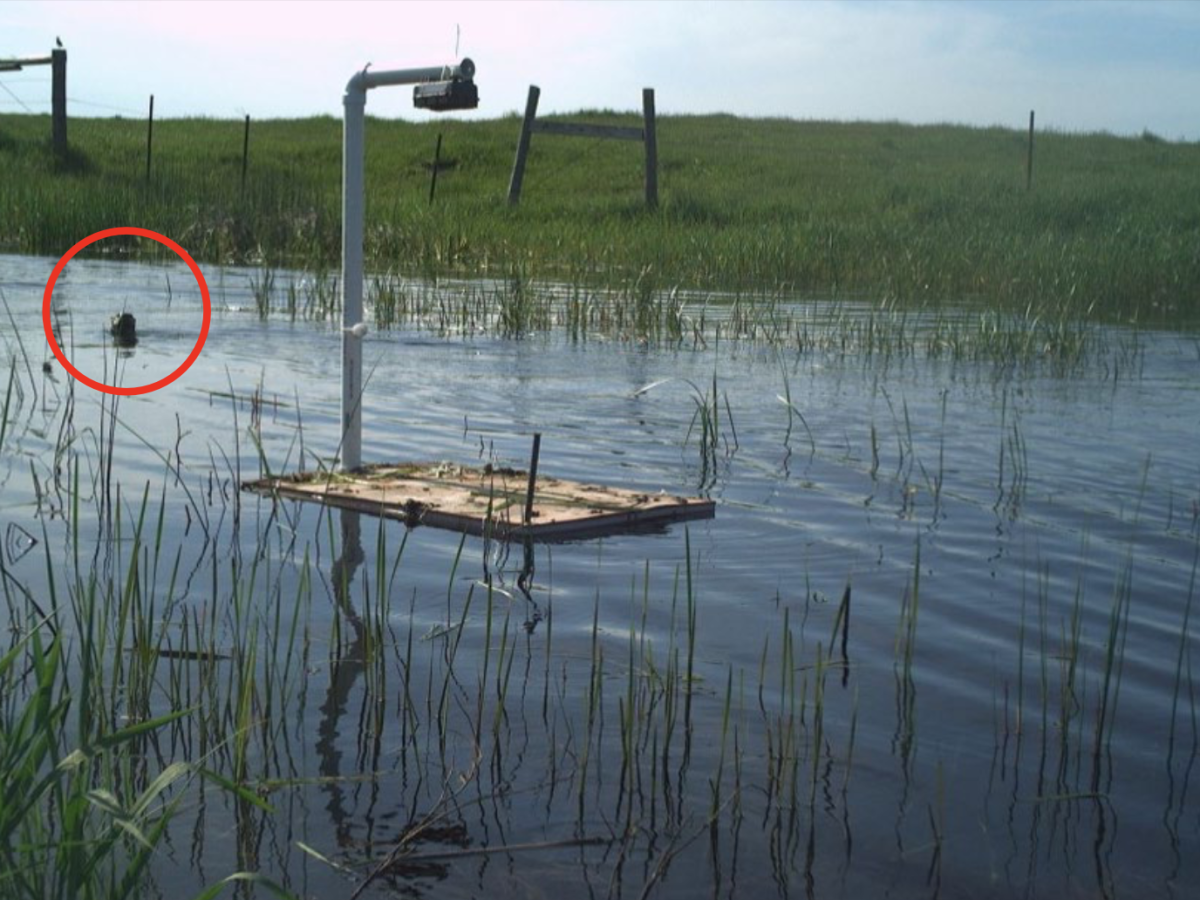SDSU researchers are tracking the growth of South Dakota river otters after the otters made a comeback in numbers due to new laws and regulations set in place.
The river otters of South Dakota were listed as endangered until 2020.
SDSU graduate student Jessica Speiser and professor Amanda Cheeseman have been conducting research on the increase in population of the river otters in South Dakota for years.
The Santee Sioux Nation Tribe of Flandreau released over 30 otters into the Big Sioux River in 1990. The Big Sioux River that meets past Brookings to the west has plenty of small fish species and crayfish for the otters to eat along with wooded areas and grasslands.
“They’re really associated with trees,” Cheeseman said. “But the tribe did this in the South Dakota grasslands where trees are pretty few and far between.”
The otters are elusive creatures, making the animal hard to study. Determining the exact number of otters in southeast South Dakota is hard to know.
Alex Solem, a senior upland game biologist with the South Dakota Game, Fish & Parks.
Department gave insight on the laws and regulations made to help protect the otters, along with other characteristics about the otters.
“A monitoring program was set in place in 2021 to figure out the population,” Solem said. “This is not always sizable and reliable to test theory to come up with a population index.”
But the population has expanded, as proven by the millions of photos that Speiser took during her research. River otter hunting season and reported roadkill numbers also help in tracking population numbers.
Otters are usually in hard-to-reach places and around pasture or cropland. Their behaviors have not changed much since being reintroduced, and they compare to otters in other surrounding states, according to Solem.
Otters like slow-moving water and wooded areas. Their habitat typically includes rivers, stock ponds and lakes. They don’t tend to stick around one area too long and are always moving.
The SDSU research shows that the river otter reproduction is excelling. Since the reported otter’s age has been between 1 and 12 years old, they do not have many predators and are thriving, said Solem.
The hunting and trapping community is very happy they can hunt this species once again, according to Solem.
The hunting season for river otters starts Nov. 1 and ends Dec. 31. Only 20 can be hunted and trapped in the state and only one otter per person can be hunted. Only South Dakota residents are able to hunt otters in South Dakota. Hunters that are 18 or older are required to have a license. Hunters under 18 and landowners do not need a license.
Any otter that is killed accidentally or killed out of season is required to be reported to Game, Fish, & Parks. GFP requires the carcass be checked in at the GFP registrations office within five days of the kill. The pelt will then be returned to the hunter or trapper.

















